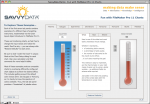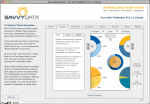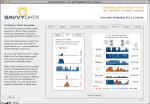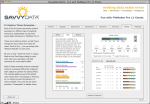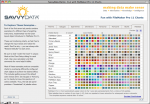Haven’t seen Part 1a yet? Read it here.
Our Charting Legacy
To help us plot our trendline trajectory into the future, please accompany me on a short stroll down memory lane. Reaching back almost twenty years, I’ve been able to collect a few stories about those early days. The first makers of charts in FileMaker Pro truly were pioneers. In the early- and mid-1990s Reinhold Stadelmann and Brian Dunning were wrestling with Cartesian coordinate systems in an heroic fashion. Their successes became the foundation on which FileMaker charting rested for nearly a decade.

So in this spirit and from the perspective of mid-2011, please enjoy my retrospective wanderings.
~Lee Lukehart
ChartMaker Pro, by Brian Dunning http://www.briandunning.com
It seems that Brian has always been keenly aware of market needs, and in the mid-1990s he applied his considerable technical talents towards addressing the unmet need for a charting solution that did not require a plug-in to function. There is nothing inherently wrong with plug-ins, of course — they simply provide a different set of advantages and drawbacks. As is often the case,
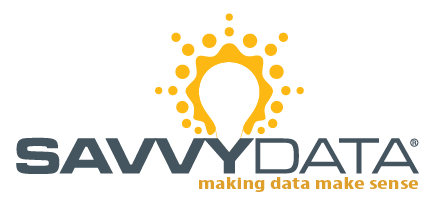


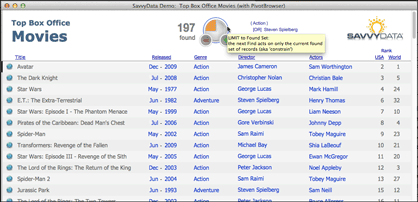
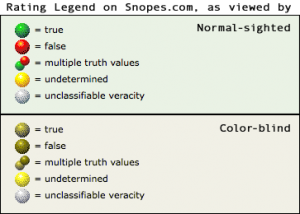 So I was disappointed to learn that you willingly diminish your site’s user experience using red-yellow-green “traffic light” indicators after being informed of the method’s shortcomings (
So I was disappointed to learn that you willingly diminish your site’s user experience using red-yellow-green “traffic light” indicators after being informed of the method’s shortcomings ( How do you go about sharing your FileMaker Pro files on the web with others? I’m not referring to hosting files on FileMaker Server — I mean giving someone the entire file to use on their computer or mobile device. With the advent of FileMaker Go for the iPad and iPhone, it has become preferable to post files as a straight .fp7 file (without compressing them to a .zip archive container),
How do you go about sharing your FileMaker Pro files on the web with others? I’m not referring to hosting files on FileMaker Server — I mean giving someone the entire file to use on their computer or mobile device. With the advent of FileMaker Go for the iPad and iPhone, it has become preferable to post files as a straight .fp7 file (without compressing them to a .zip archive container), 
